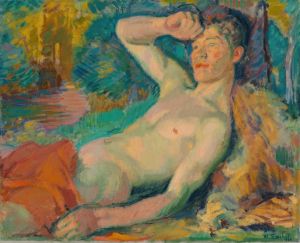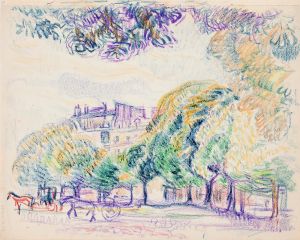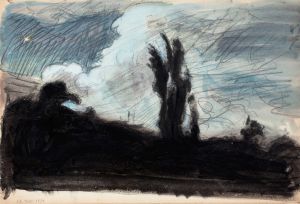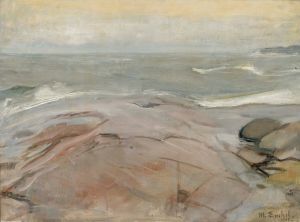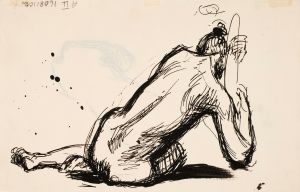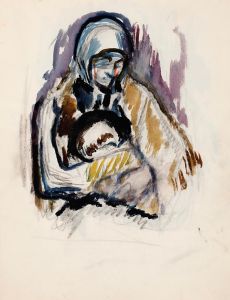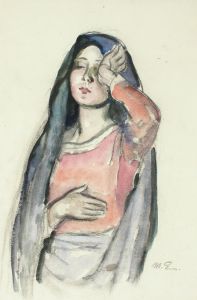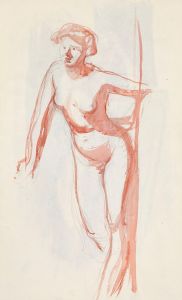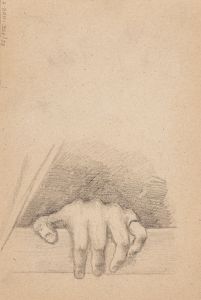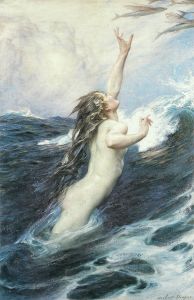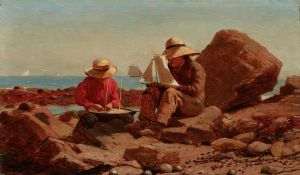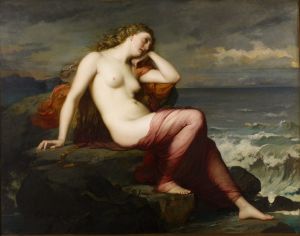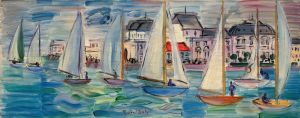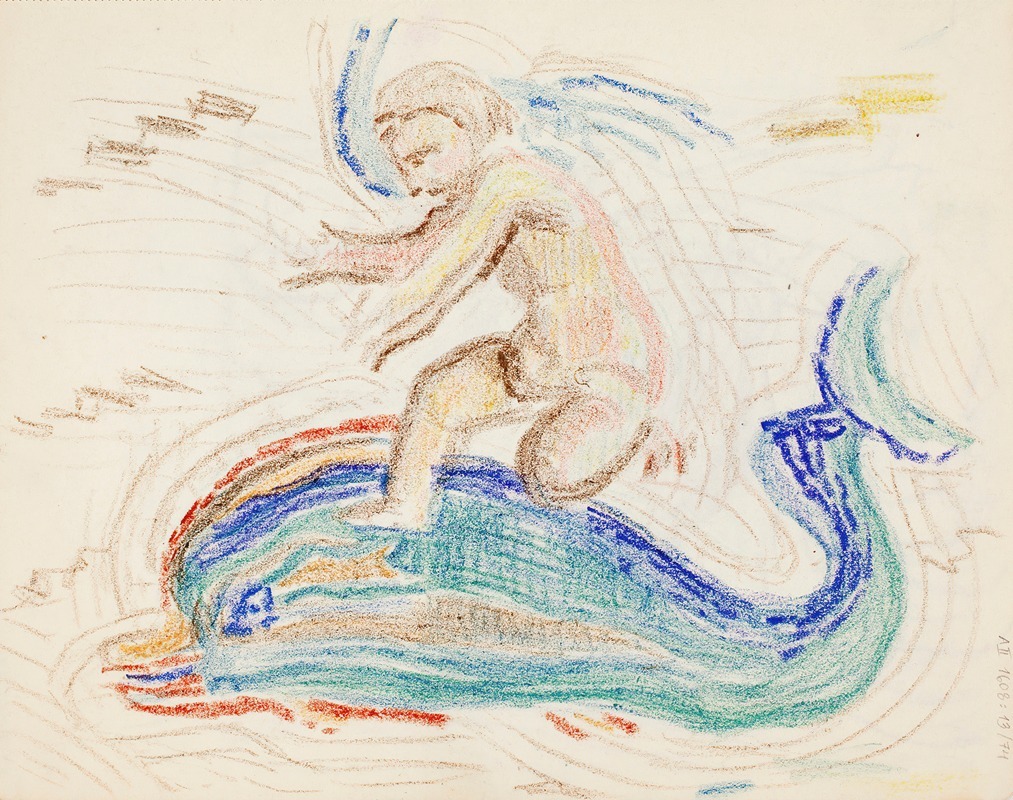
Delfiiniratsastaja, luonnos
A hand-painted replica of Magnus Enckell’s masterpiece Delfiiniratsastaja, luonnos, meticulously crafted by professional artists to capture the true essence of the original. Each piece is created with museum-quality canvas and rare mineral pigments, carefully painted by experienced artists with delicate brushstrokes and rich, layered colors to perfectly recreate the texture of the original artwork. Unlike machine-printed reproductions, this hand-painted version brings the painting to life, infused with the artist’s emotions and skill in every stroke. Whether for personal collection or home decoration, it instantly elevates the artistic atmosphere of any space.
Magnus Enckell (1870–1925) was a Finnish symbolist painter known for his contributions to Finnish art during the late 19th and early 20th centuries. One of his works, Delfiiniratsastaja, luonnos (translated as The Dolphin Rider, Sketch), is a notable example of his artistic exploration of mythological and symbolic themes. This piece is a preparatory sketch, reflecting Enckell's interest in classical mythology and his focus on the human form, which were recurring motifs in his body of work.
Enckell was a central figure in the Finnish art scene and a key representative of the symbolist movement in Finland. His art often depicted dreamlike and allegorical subjects, drawing inspiration from ancient myths, literature, and the natural world. Delfiiniratsastaja, luonnos is believed to be a study for a larger or more finished composition, showcasing his process of developing ideas and refining his visual language.
The sketch portrays a figure riding a dolphin, a motif that has roots in ancient Greek and Roman mythology, where dolphins were often associated with the sea god Poseidon and symbolized protection, guidance, and harmony with nature. Enckell's interpretation of this theme aligns with the symbolist movement's interest in exploring universal and timeless ideas through evocative imagery.
As a sketch, Delfiiniratsastaja, luonnos demonstrates Enckell's skill in capturing the human form with fluidity and grace. The work is characterized by its simplicity and focus on the interplay between the figure and the dolphin, emphasizing the harmonious relationship between humans and nature. The use of light and shadow in the sketch also reflects Enckell's sensitivity to form and atmosphere, which were hallmarks of his artistic style.
Magnus Enckell's career was marked by a transition from a darker, more introspective phase in his early works to a brighter and more vibrant palette in his later years. While Delfiiniratsastaja, luonnos is a monochromatic sketch, it provides insight into his creative process and his ability to convey emotion and narrative through minimal means.
The exact date of the creation of Delfiiniratsastaja, luonnos is not documented, but it is consistent with Enckell's broader exploration of mythological themes during his career. The work is preserved as part of his artistic legacy, contributing to the understanding of his role in Finnish art history and the symbolist movement.





